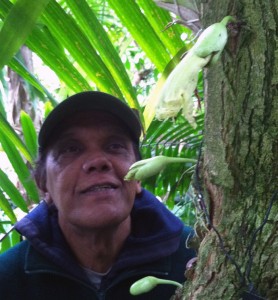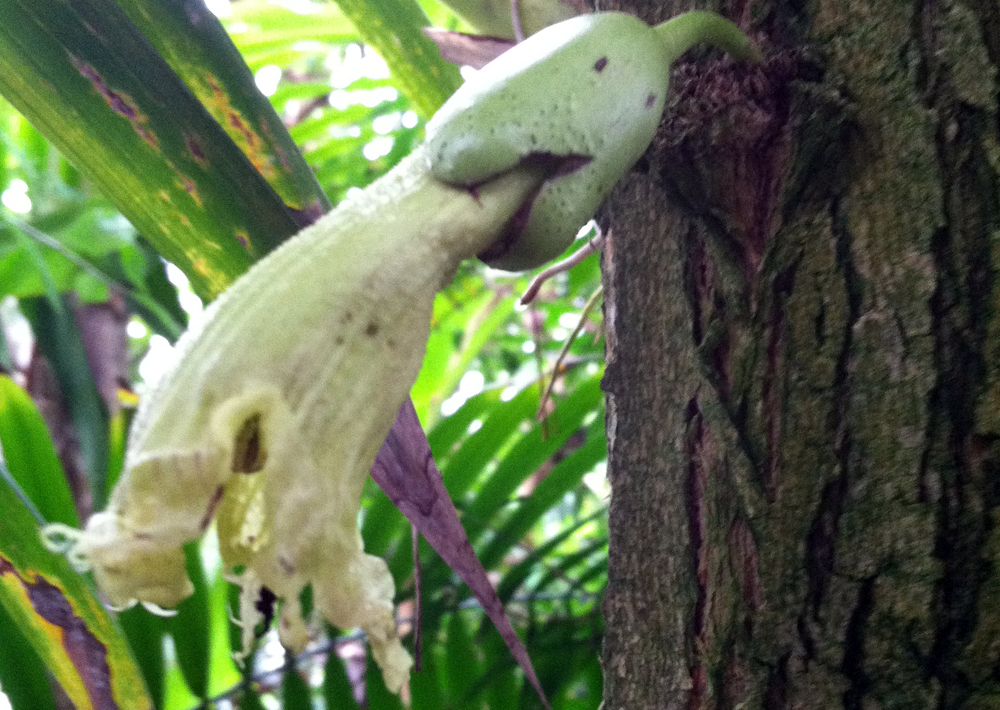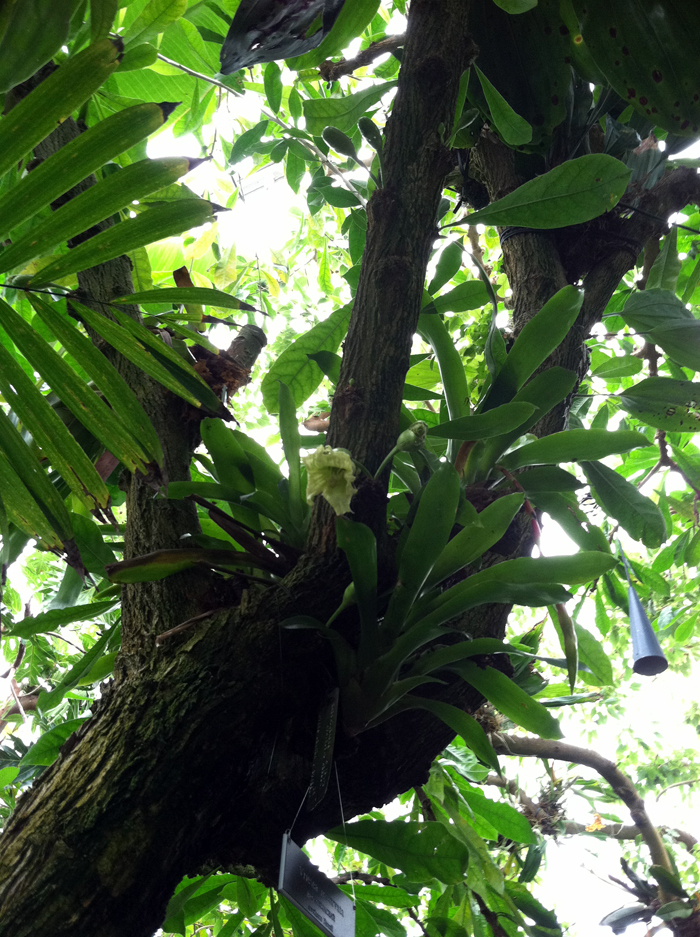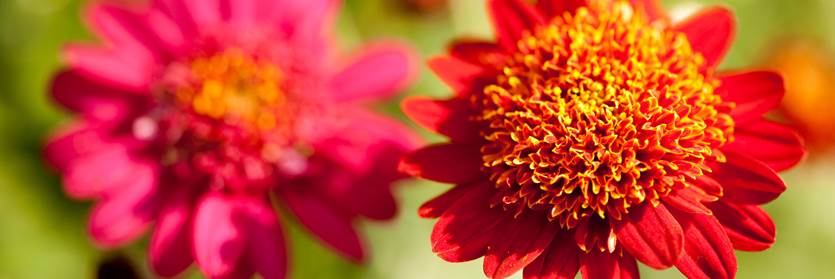Calabash
Posted in Around the Garden, People on January 31 2012, by Sonia Uyterhoeven
 The other day I had a conversation with one of my colleagues, Ivan Ragoonanan, about his native Trinidad. During the course of the workday he often drops interesting pieces of information about the vegetation from his homeland. I was interested in an anecdotal history of some of his favorite plants.
The other day I had a conversation with one of my colleagues, Ivan Ragoonanan, about his native Trinidad. During the course of the workday he often drops interesting pieces of information about the vegetation from his homeland. I was interested in an anecdotal history of some of his favorite plants.
Local customs and the different uses of plants not only tell us a great deal about the plants themselves, but also provide a wealth of information about the lifestyles of the culture and the relationship the community has to the natural world. These things bring to light the practical and utilitarian role of nature in our lives, as well as its “magical” qualities.
One of the first plants Ivan told me about was calabash (Crescentia cujete). Calabash is a fascinating plant in terms of its flowering and fruiting. It has cauliflorous flowers, which means that the flowers are attached directly to the trunk and the main stems of this small understory tree. A previous Plant Talk article detailed this strange behavior in another tropical tree known as the jabuticaba.
For those of you who are keen observers of the natural world, you may have seen this botanical phenomenon on the native redbud tree (Cercis canadensis). However, cauliflory is primarily found in tropical plants. Scientists are not entirely in agreement as to why this approach to flowering evolved, leaving several possible reasons why we find cauliflory in the calabash tree.
The flowers of the calabash tree are pollinated at night by small bats. The bats are attracted to the flowers by a slightly rotten smell. One possible reason for cauliflory in calabash is that it has co-evolved to aid its pollinator. The placement of the flowers on the trunk and main lower branches means that the bats do not have to navigate the foliage in order to pollinate the flowers–they are given easier access.
Once pollinated, the calabash tree produces up to 100 large, round or oblong fruit that can grow from 10 to 14 inches in diameter. Large-fruited tropical plants often have this flowering pattern to protect the tree from the heavy weight of the fruit. The tree is not laden with the fruit on newer, weaker branches–rather it is the specimen’s strong framework (trunk and main branches) that carries the burden of the weight.

In Trinidad the melon sized fruits are not eaten; they are primarily used as containers and/or utensils. Think of it as the Trinidadian precursor to Tupperware®. The fruit is commonly sawed in half and the pulp removed. The remaining exterior of the fruit begins green and ages to a brown–just like a gourd–and the resulting shell lasts almost indefinitely.
Before running water, the bowls were traditionally used to fetch water and to carry food. Smaller fruits were used as spoons or scoops. It is a good reminder of how the natural world often provides us with the materials necessary to meet our utilitarian needs.
The fruits have also traditionally been carved while still green to produce beautiful creations such as maracas and decorative ornaments. Trinidad is a melting pot of a number of cultures–the indigenous Caribs, along with Spanish, French, African, and Indian influences. Steel drums and a distinct musical style originated on this island, while the accompanying maracas are reminiscent of the Spanish influence.
 Trinidadian legend has it that in the olden days, when pirates stopped in the Caribbean after raiding the Spaniards in South America, the captain would select a few members of his crew to carry the treasure deep into the forest and bury it. Once the hole was dug and the treasure buried, the captain would kill the men and plant a stem of the calabash on the site. In this way the captain would be the only one who would know the whereabouts of the treasure. I asked Ivan how the captain was able to identify his calabash in the forest, to which he said that calabash typically grows on the edge of the forest rather than deep inside.
Trinidadian legend has it that in the olden days, when pirates stopped in the Caribbean after raiding the Spaniards in South America, the captain would select a few members of his crew to carry the treasure deep into the forest and bury it. Once the hole was dug and the treasure buried, the captain would kill the men and plant a stem of the calabash on the site. In this way the captain would be the only one who would know the whereabouts of the treasure. I asked Ivan how the captain was able to identify his calabash in the forest, to which he said that calabash typically grows on the edge of the forest rather than deep inside.
If ever you are down in the tropics and find a calabash tree growing deep in the woods, there might just be treasure buried below. But be careful digging; you may unearth the skeletons of unlucky crew members.
Listening to tales of exotic lands sometimes reminds us to appreciate the wonders of the natural world around us.


Is there any information about the longevity of this tree ? I have an old map, where a calabash tree was the corner point on the survey, and I’m curious about the chance of still locating it.